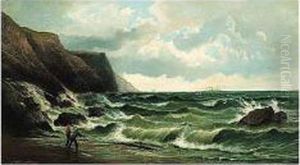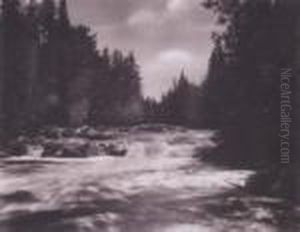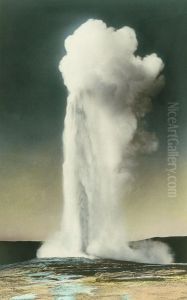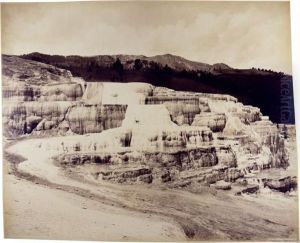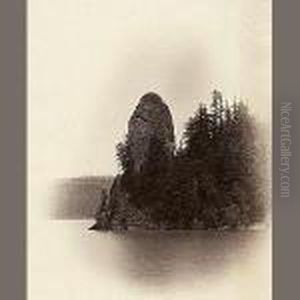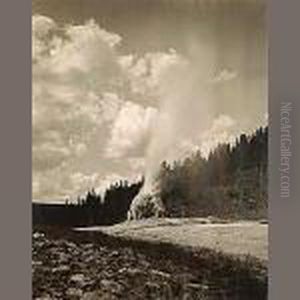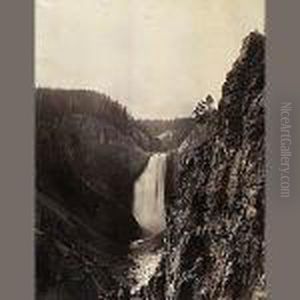Frank Jay Haynes Paintings
Frank Jay Haynes, born in 1853 in Saline, Michigan, emerged as a pioneering figure in American photography, particularly known for his extensive documentation of the American West and the Yellowstone National Park. His photographic journey began in the early 1870s, and his career spanned over four decades, during which he captured some of the most iconic images of the American frontier.
In 1876, Haynes moved to Moorhead, Minnesota, where he opened his first photography studio. His work soon caught the attention of the Northern Pacific Railway, which hired him as its official photographer. This role provided Haynes with the opportunity to travel extensively across the western United States, capturing landscapes, towns, and railroad scenes that few Americans had seen. His photographs played a crucial role in promoting the West to potential settlers and tourists, contributing to the myth of the American frontier.
Haynes's most significant contribution to photography was his work in Yellowstone National Park. He first visited the park in 1881 and was captivated by its natural beauty and geological wonders. Over the years, Haynes became the park's first official photographer, opening a series of photographic studios within Yellowstone and along its borders. His images of geysers, hot springs, and rugged landscapes were among the first to introduce the wonders of Yellowstone to the American public and were instrumental in the early efforts to promote and preserve the park.
Throughout his career, Haynes also engaged in portrait photography and created a vast collection of Native American portraits, documenting the diverse cultures of the West before many were irrevocably changed by settlement and assimilation policies. His work provides valuable historical insights into the late 19th and early 20th centuries in the American West.
Frank Jay Haynes passed away in 1921, leaving behind a rich legacy as a photographer, entrepreneur, and early conservationist. His photographs remain a vital record of the American West during a period of rapid transformation and growth. Today, his work is celebrated for its artistic and historical significance, offering a window into the past and the landscapes and peoples that shaped the American identity.
